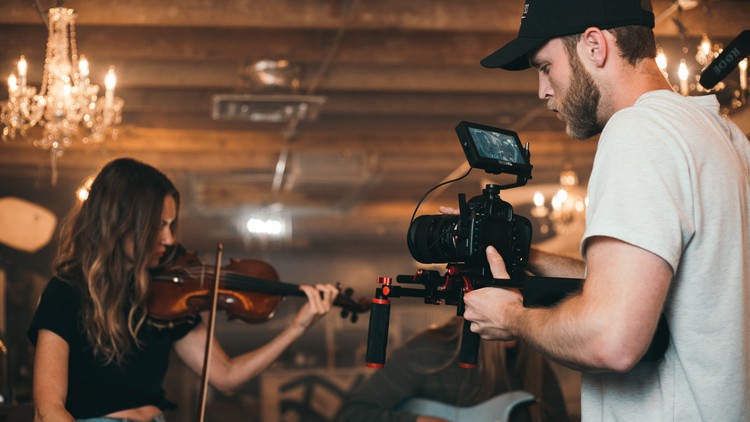
Learn all aspects of filmmaking right from an idea to the release of the film!
What you will learn
Develop an idea into a film
Essential elements for a compelling story
Write a Screenplay
Write engaging dialogue
Common camera angles and shot sizes in Cinematography and why we use them
Lighting and it’s importance in telling a story
Role of Production Design and how it impacts the film
Understand how to stage and block your scenes
Directing actors and the true value of collaboration
Learn the basics of film editing
Understand how music can transform emotions in a film
Ways to distribute your film and reach the audience
Description
This is a comprehensive filmmaking course that guides you step by step on how to convert your idea into a full-fledged movie.
Having written and directed 2 feature films, as well as more than a dozen short films, I take you through this amazing journey of realizing your story on the screen.
Here’s what you will learn in this course:
· Idea: Sources of ideas for films, how to nurture them, and convert them to a script.
· Stages of a Film: Understand what happens in pre-production, production and post production.
· The Story: Learn all the elements needed to craft a compelling story, as well as understand what makes an interesting character on screen.
· Screenwriting: Understand Acts 1, 2 and 3 in depth with film examples.
· Dialogues: Explore the characteristics of good dialogue writing in filmmaking.
· Cinematography: Right from the basics to the choice of different shots on set, know what goes behind the camera!
· Lighting: Let there be light! Understand different kinds of lighting techniques and when to use them.
· Production Design: What makes a really good set? Learn all about production design with examples from Oscar nominated movies.
· Acting: Lights, Camera, Action! Know what it takes to direct actors and get the best performances on screen.
· Editing: Uncover secrets of director-editor partnership as they strive to tell a good story.
· Color Correction and Color Grading: Learn how to set the right tone and mood with your color palette.
· Music: Explore the role played by music in getting audiences to feel all the emotions.
· Sound Design and Mixing: Get the best sounding sound!
· Export: Know the best settings to export your film.
· Film Distribution: A look at various ways you can get your film to the audiences around the world.
By the end of this filmmaking course, you will be well equipped to make your own film.
Content